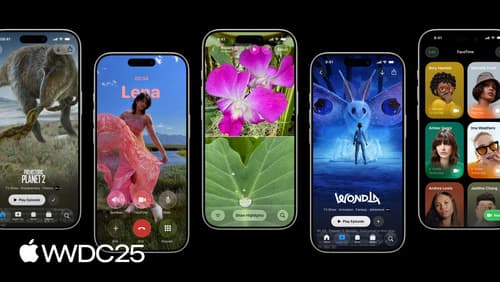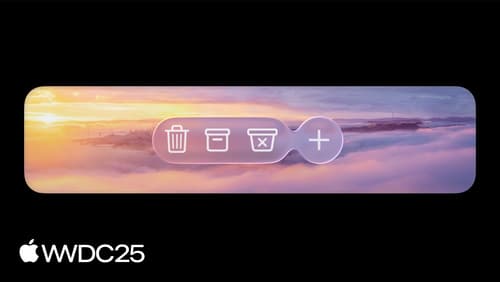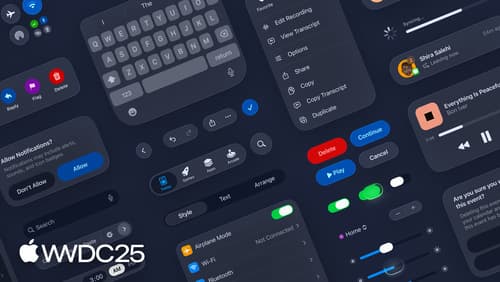how to apple scrollEdgeEffect to UITableView UIKit swift
Asked on 2025-07-20
1 search
To apply the scroll edge effect to a UITableView in UIKit using Swift, you can follow the guidance provided in the session "Build a UIKit app with the new design" from WWDC 2025. The scroll edge effect is a visual treatment that enhances the legibility of content overlapping with UI elements like navigation bars or toolbars.
Here's a brief overview of how you can implement this:
-
Create a Scroll Edge Element Container Interaction: This is used to insert an edge effect behind elements that overlay the edge of a scroll view.
-
Assign the Content ScrollView and Edge: You need to assign your
UITableView(or any scroll view) to the scroll edge element container interaction. -
Add to the Container View: Finally, add this interaction to the container view that holds the elements you want to overlay.
For more detailed instructions, you can refer to the session Build a UIKit app with the new design (10:56) where this topic is discussed.

Build a UIKit app with the new design
Update your UIKit app to take full advantage of the new design system. We’ll dive into key changes to tab views, split views, bars, presentations, search, and controls, and show you how to use Liquid Glass in your custom UI. To get the most out of this video, we recommend first watching “Get to know the new design system” for general design guidance.

Build an AppKit app with the new design
Update your AppKit app to take full advantage of the new design system. We’ll dive into key changes to tab views, split views, bars, presentations, search, and controls, and show you how to use Liquid Glass in your custom UI. To get the most out of this video, we recommend first watching “Get to know the new design system” for general design guidance.

Get to know the new design system
Dive deeper into the new design system to explore key changes to visual design, information architecture, and core system components. Learn how the system reshapes the relationship between interface and content, enabling you to create designs that are dynamic, harmonious, and consistent across devices, screen sizes, and input modes.
